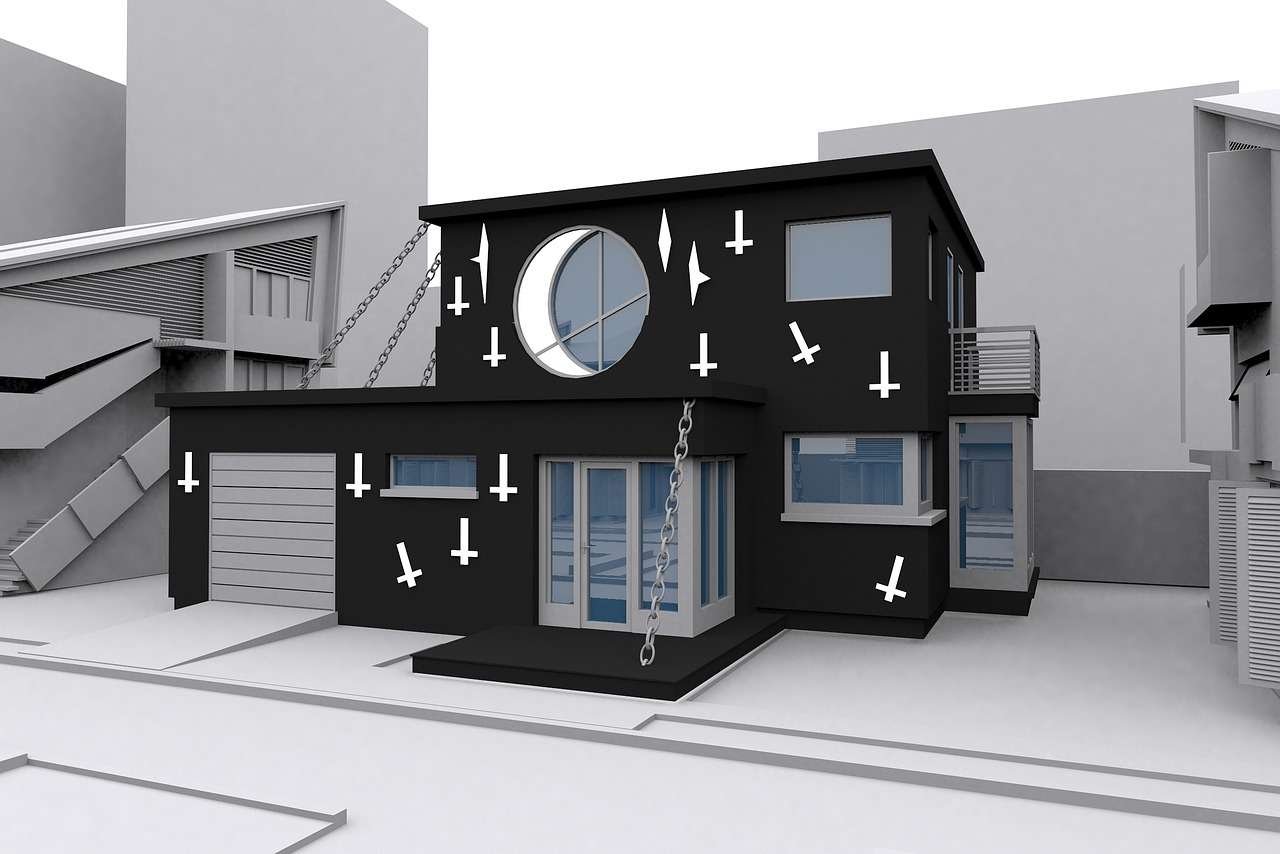
Blog Details
Understanding the module of BIM: Building Information Modelling

What do buildings mean to us? Is it something that we can attach ourselves to. Why are buildings so important in people’s lives? What does it have that people feel it is crucial? Well, buildings are like a utility space for a person. Building structures have their own functions which people utilise in their lives.
So, there must be a beginning to how a building should look like and what materials should be used and moreover, what kind of buildings are we looking for. While there is always a professional architect who will guide us through but how many of them will use technological software to show what our building will look like in future. Every client has a right to know and see what kind of building in totality they are opting for with the help of using BIM Technology.
In the following paragraphs, we will discuss what, how and why BIM Technology is important for both the architects and the client. We will see as to how this technology has become the need of the hour in the field of architecture.
BIM is an acronym for the software used by the architects – Building Information Modelling. It is a software platform that involves numerous stakeholders from diverse fields such as architects, engineers and construction based professionals making this whole task a multidimensional work.
WHAT IS BIM?
BIM generates 3D design models of the building structures incorporating the tasks of planning, designing and construction by the professionals. The access to designs is then extended owners of the buildings so as to keep them informed about every stage of the building project as well as about the full view of the building structure. In addition to this, BIM facilitates an informed decision-making process for an individual for his or her building or property.
HOW IS BIM BENEFICIAL?
BIM overtakes the erstwhile modules of blueprints and drawings that architects and planners used to express the view of the building. However, the problem and in this digital age a challenge lies in the 2D design of the buildings. The 2D design approach made it difficult to know and visualize the real dimensions and requirements of the building. It was only during the construction phase or in the final phase that a certain requirement was understood and dealt with by the architect and other professionals.
The coming of the BIM technology was derived from the application of CAD – Computer-Aided Design, which made the planning of the building structures digital. This CAD only was converted into a 3D modelling, making realistic visuals of the blueprints of the structures. It now fully informs both the professional and the client as to what they are actually looking forward to.
Why is BIM so significant in architecture?
There are several reasons as to why BIM has taken the architectural designs to the next level when it comes to implementing ideas and actions on the buildings:
-
Intelligent Elements – BIM comprises components that are mostly geometrical in nature and hence reflects the proportional change that a building will go through whenever there is an update on the structure of the building. The best advantage of this software is the coordinated elements in the designing that are adjusted and subsequently, updates making the work much simpler as various professionals such as architects, engineers, designers, project managers and real estate contractors collaborated on this single platform.
-
Sharing the Actionable Information – The BIM is all about application-based action that can be taken by the professionals with the help of the information that is derived from the software right from the stage of conception to completion. The ultimate objective of using BIM is to keep improving the accuracy of the structure as the building is being designed, built as well as designed along with the changes that are brought in.
-
Differing Levels of BIM – Each building project has a stage through which it goes through and every stage has its own type of work and the need for the number of professionals. Through these different levels of BIM, the maturity of the project can be gauged effectively, shared and managed throughout the entire process.


Hence, from the above, it can be concluded that BIM is a successful software application that has made the objectives with regard to a building structure clear. Constructing and designing buildings is ever-expanding as more professionals are joining the field adopting a holistic approach to conduct the work in a collaborative fashion. BIM will further expand and become more technologically upgraded as 4D, 5D and 6 designing will come into play.
The end objective is to make the whole field of architecture and construction an efficient one with minimal wastage and delay as one uses this technology-based software application of BIM.
BY – ACAD STUDIO

